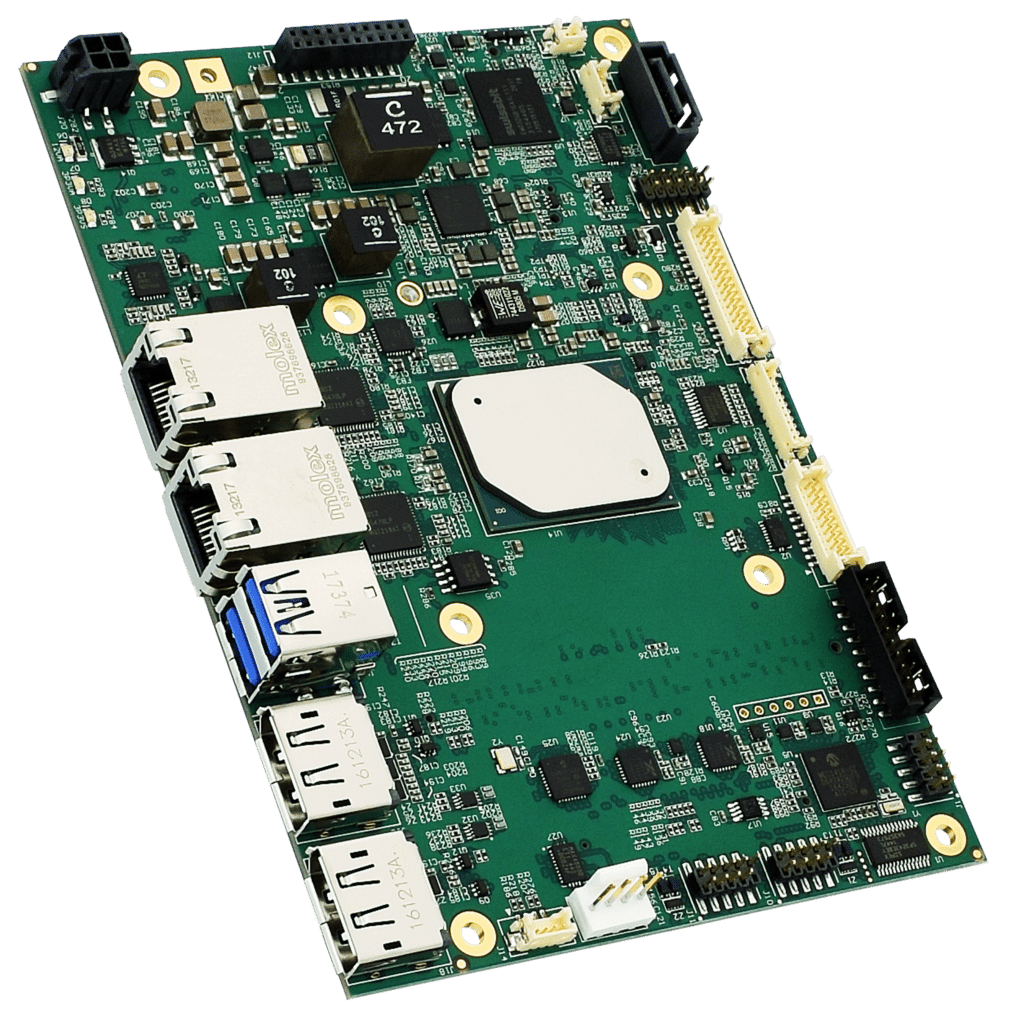
What happens if the embedded system you are designing fails in the field? The answer will vary greatly depending on your end application or use case. A vending machine going down may be inconvenient and costly but does not compare to the potential risks of medical equipment failing or providing incorrect data. Similarly, the risk of a desktop or tablet going down is rarely as significant as an industrial embedded system operating with high-speed manufacturing equipment. It is important to optimize the business cost of your solution to the end application not only for materials cost but reliability risks as well.
Intuitively, you would not pay for a server-class processor to service an embedded-class workload. Similarly, you will automatically balance the I/O mix with your I/O needs to avoid wasting cost and size/weight/power (SWaP).
Less intuitive is the cost/risk associated with the Use Conditions specified by the component manufacturers. If the product is to survive more than three years, attention must be paid to component selection, which is critical to achieving long term reliability. This impacts connectors, capacitors, CPUs, flash storage, magnetics, cables, fans, displays, etc., and includes operating temperature, activity level (duty cycle), and the expected operating life.
Component Specs are Important!
Flash storage, for instance, is created with structures that can read virtually forever but deteriorate with write operations. If you take a 16-Gbyte flash storage device and perform high-speed continuous writes, you’ll burn it out in a few days. We need these devices to survive for 10+ years, so how do we architect the product? (Hint: There are tools and techniques, such as write filters, over-provisioning, write caches, and pSLC mode operation, that increase reliability while minimizing materials cost.) While smartphones are usually upgraded every few years before the Flash deteriorates, such devices inside automobiles must operate for years without wearing out.
Different Use Cases, Different CPUs
Why does Intel make so many different CPU specifications? Intel designs chips for almost a dozen different Use Conditions ranging from battery optimized tablets to high power servers, and from short lifetime commercial products to 10+ year reliability in harsh environments for industrial infrastructure. Each Use Case comes with features and caveats, which means navigating the landscape of conditions, longevity, activity rates, reliability, temperature ranges, and cost is definitely not a “one size fits all” event for the solutions architect.
When you’re considering which “complex” components should reside on your system board, such as the microprocessors, the Ethernet controllers, even the memory makeup, it’s important to ensure that you select devices that match your end application. Even one misstep could result in a significant performance reduction or an increase in costs.
As a useful example, here at WINSYSTEMS, we typically design around CPUs that would fall into the extended industrial temperature range (-40°C to +85°C). These components are rated for 100% activity running 24/7/365, and a targeted life of better than 10 years.

WINSYSTEMS’ SBC35-427 is an industrial 3.5-in. single board computer (SBC) that’s designed with Intel’s Apollo Lake-I E3900 series of microprocessors. It operates in that extended industrial temperature range and adds a host of off-the-shelf functionality and multiple expansion and configuration options. The result is an SBC that shines in industrial IoT applications.
Other WINSYSTEMS offerings that take advantage of that same family of Intel processors include the SYS-427 rugged, embedded computer, and the PPC12-427 fanless, 12.1-in. panel PC.
Unlike industrial, automotive applications are generally aimed at more extreme temperatures (-40°C to +125°C) and longer product life cycles. However, they generally operate with a much lower active duty cycle, less than 12%, compared to 100% for industrial applications.
General embedded computing systems shoot for an 80% activity rate and a shorter life span, say five years. Such systems can be found in consumer and/or commercial embedded applications. Hence, the expectations are less than an industrial or medical application where it could take that long just to meet all the certification requirements. Conversely, components targeted for servers fall fairly high on the utilization chart, coming in above 80%. However, the operating temperatures and longevity are roughly half of what’s seen in the industrial market.
Then you have personal devices and workstations, which are even easier on the processors. They’re often specified for less than 30% activity rate and operation at room temperature. And lifecycles of just five years are not unusual.
